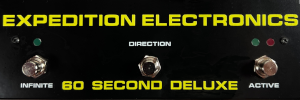Showing posts with label audiowerkstatte. Show all posts
Showing posts with label audiowerkstatte. Show all posts
Friday, September 17, 2021
Tuesday, January 08, 2019
audiowerkstatt midi-clock-divider v2
Published on Jan 2, 2019 audiowerkstatt
Playlist:
audiowerkstatt midi-restarter - demonstration of all functions and settings
audiowerkstatt midi-clock-divider - demonstration of all functions and settings
audiowerkstatt midi-clock-shifter - demonstration of all functions and settings
audiowerkstatt midi-clock-multiplier - demonstration of all functions and settings
audiowerkstatt din-restarter - demonstration of all functions and settings
audiowerkstatt din2midi2din - demonstration of all functions and settings
"The audiowerkstatt midi-clock-divider v2 divides the MIDI-clock of the MIDI-master, whereby the MIDI-slave runs correspondingly slower. The division-ratios are 1/1, 1/2, 1/3, ..., 1/8, 1/9.
 If the division-factor 1/1 is selected, the MIDI-clock is simply passed through. With the division-factor of 1/2 the MIDI-slave runs at half the speed. So 16ths-notes will be 8th-notes and the loop is twice as long.
If the division-factor 1/1 is selected, the MIDI-clock is simply passed through. With the division-factor of 1/2 the MIDI-slave runs at half the speed. So 16ths-notes will be 8th-notes and the loop is twice as long.Very useful to double the loop length of the MIDI-slave (eg MIDI-sequencer or [audio-]looper). When using the division-factor 1/8 and an originally one bar long loop runs over 8 bars.
And good for experimental musicians, especially if an odd division-factor is selected and MIDI-master and slave seem to be not in sync, but from time to time come together in perfect sync.
You can also set whether only the newly created MIDI-clock and mmc commands (start, stop, continue) are sent or the, at the MIDI-in incoming data, will be mixed with that.
All settings will be saved and restored at startup.
Details can be found in the manual."
Thursday, May 31, 2018
Audiowerkstatt Introduces the trigger2midi2trigger v2
via Audiowerkstatt
"The audiowerkstatt trigger2midi2trigger v2 converts analog trigger-clock-signals to MIDI-clock-signals and vice versa.
It can also be used as an analog trigger-tool.
If used as trigger-clock-to-MIDI-clock-converter or MIDI-clock-to-trigger-clock-converter, there is always a MIDI-clock-signal (incl. start/stop) sent at the "midi out"-jack. At the tip of the "clock"-phone-jack, an analog trigger-clock-signal (v-trigger: 0v/5v, s-trigger "open"/"closed") is sent. The tip of the "start/stop"-phone-jack is 5v while the masterclock is running and 0v while the masterclock is paused for v-trigger and "closed" while the masterclock is running and "open" while the masterclock is paused, if s-trigger is used.
A clock-source can be connected to the "midi in"-jack or to the ring of the "clock"- and "start/stop"-phone-jack.
Normal insert-cables can be used to connect the analog inputs/outputs. If only the analog outputs are used, normal phone-jack-cables (mono or stereo) can be used.
Monday, April 24, 2017
Superbooth 2017: Audiowerkstatt Mini MIDI Drum Seq
Published on Apr 24, 2017 Ask.Audio
"Showing us the latest prototype of the Mini MIDI Drum Seq, Olaf from Audiowerkstatt, runs through a number of its features. This isn't the final version though, which they will release once all bugs have been squashed!"
Wednesday, March 22, 2017
sneak-preview of the audiowerkstatt mini-midi-drum-seq - roll function
Published on Mar 22, 2017 audiowerkstatt
"This is a small preview of the audiowerkstatt mini-midi-drum-seq. Here you can see the roll function.
It's still a prototype - so details can change."
See here for previous videos.
Friday, March 17, 2017
sneak-preview of the audiowerkstatt mini-midi-drum-seq - first/last step & sync function
Published on Mar 17, 2017 audiowerkstatt
"This is a small preview of the audiowerkstatt mini-midi-drum-seq. Here you can see first and last step and the sync functions.
It's still a prototype - so details can change."
follow-up to this post.
Monday, March 06, 2017
sneak-preview of the audiowerkstatt mini-midi-drum-seq
Published on Feb 15, 2017 audiowerkstatt
"This is a small preview of the audiowerkstatt mini-midi-drum-seq. Here you can see the basic beat programming and recording features. It's still a prototype - so details can change."
Playlist:
sneak-preview of the audiowerkstatt mini-midi-drum-seq - beat programming and recording
sneak-preview of the audiowerkstatt mini-midi-drum-seq - random function
sneak-preview of the audiowerkstatt mini-midi-drum-seq - accent- and mute-track
sneak-preview of the audiowerkstatt mini-midi-drum-seq - first/last step & sync function
sneak-preview of the audiowerkstatt mini-midi-drum-seq - roll function
Thursday, March 24, 2016
The audiowerkstatt mini-midi-step-seq
From the makers of the midi-restarter & midi-clock-divider, we have a new mini desktop hardware sequencer. Details via audiowerkstatt.de:
"The audiowerkstatt mini-midi-step-seq is a MIDI-sequencer (no gate/CV), which is based on a classic analog step-sequencer:
 Programming with potentiometers (no endless-dial and no detent)!
Programming with potentiometers (no endless-dial and no detent)!Only one track!
No pattern-storage!
No internal clock (only usable as MIDI-slave)!
No display!
 It is optimized for live use, especially jam-sessions, but can also be used to give you new ideas, if you are stuck in your main sequencer.
It is optimized for live use, especially jam-sessions, but can also be used to give you new ideas, if you are stuck in your main sequencer.All settings can be changed while it's running.
2x 8-step-pattern, that can be used alternatively or chained to a 16-step-pattern.
Normally the pattern changes, when the one that is played ends. With a special "jump"-button it is possible to jump from one pattern to the other immediately without loosing synchronization.
It is possible to edit the pattern that is playing or edit the other pattern.
Saturday, April 19, 2014
audiowerkstatte midi-restarter & midi-clock-divider
"The midi-restarter helps you to start or stop your MIDI-slave independent of your MIDI-master, but alway in perfect synchronisation.
You push the buttom and the audiowerkstatt midi-restarter sends a MIDI-start/stop-message at the beginning of the next bar to ensure that all following MIDI-devices run in the correct timing.
There are 3 modes of operation:
1. At the beginning of the next bar, a MIDI-stop-message and immediately after that a MIDI-start-message is sent. In this mode, a standing sequencer is restarted and a running sequencer is "pushed" into the correct timing. This mode does not work with all MIDI-devices as some devices require a short break between MIDI-stop- and MIDI-start-message. For these devices, the second mode can be selected.
2. A short time before the next bar starts (one MIDI-clock-message=1/24 quarter-note), a MIDI-stop-message is sent and then at the next bar a MIDI-start-message is sent. In this mode, a standing sequencer is restarted and a running sequencer is - after a very short break - "pushed" to the correct timing. This mode corresponds to the first and is intended for MIDI-devices that require a short break between MIDI-start- and MIDI-stop-message.
3. If the sequencer is running, a MIDI-stop-message is sent at the next bar and if the sequencer is standing, a MIDI-start-message is sent at the next bar. In this mode, a standing sequencer is restarted and running sequencer is stopped at the next bar.
It can be switched between the time-signatures 4/4 and 3/4.
You can also set whether only the newly created MIDI-clock and the MMC commands (start, stop, continue) are sent or the midi-data, received at the MIDI-in, will be mixed with that."
"The audiowerkstatt midi-clock-divider is a clock-divider for the MIDI-clock.
The audiowerkstatt midi-clock-divider divides the MIDI-clock of the MIDI-master, whereby the MIDI-slave runs correspondingly slower. The division-ratios are 1/1, 1/2, 1/3, ..., 1/8, 1/9.
If the division-factor 1/1 is selected, the MIDI-clock is simply passed through. With the division-factor of 1/2 the MIDI-slave runs at half the speed. So 16ths-notes will be 8th-notes and the loop is twice as long.
Very useful to double the loop length of the MIDI-slave (eg MIDI-sequencer or [audio-]looper). When using the division-factor 1/8 and an originally one bar long loop runs over 8 bars.
And good for experimental musicians, especially if an odd division-factor is selected and MIDI-master and slave seem to be not in sync, but from time to time come together in perfect sync.
You can also set whether only the newly created MIDI-clock and mmc commands (start, stop, continue) are sent or the, at the MIDI-in incoming data, will be mixed with that."
Note this is the first audiowerkstatte post on MATRIXSYNTH.
You push the buttom and the audiowerkstatt midi-restarter sends a MIDI-start/stop-message at the beginning of the next bar to ensure that all following MIDI-devices run in the correct timing.
There are 3 modes of operation:
1. At the beginning of the next bar, a MIDI-stop-message and immediately after that a MIDI-start-message is sent. In this mode, a standing sequencer is restarted and a running sequencer is "pushed" into the correct timing. This mode does not work with all MIDI-devices as some devices require a short break between MIDI-stop- and MIDI-start-message. For these devices, the second mode can be selected.
2. A short time before the next bar starts (one MIDI-clock-message=1/24 quarter-note), a MIDI-stop-message is sent and then at the next bar a MIDI-start-message is sent. In this mode, a standing sequencer is restarted and a running sequencer is - after a very short break - "pushed" to the correct timing. This mode corresponds to the first and is intended for MIDI-devices that require a short break between MIDI-start- and MIDI-stop-message.
3. If the sequencer is running, a MIDI-stop-message is sent at the next bar and if the sequencer is standing, a MIDI-start-message is sent at the next bar. In this mode, a standing sequencer is restarted and running sequencer is stopped at the next bar.
It can be switched between the time-signatures 4/4 and 3/4.
You can also set whether only the newly created MIDI-clock and the MMC commands (start, stop, continue) are sent or the midi-data, received at the MIDI-in, will be mixed with that."
"The audiowerkstatt midi-clock-divider is a clock-divider for the MIDI-clock.
The audiowerkstatt midi-clock-divider divides the MIDI-clock of the MIDI-master, whereby the MIDI-slave runs correspondingly slower. The division-ratios are 1/1, 1/2, 1/3, ..., 1/8, 1/9.
If the division-factor 1/1 is selected, the MIDI-clock is simply passed through. With the division-factor of 1/2 the MIDI-slave runs at half the speed. So 16ths-notes will be 8th-notes and the loop is twice as long.
Very useful to double the loop length of the MIDI-slave (eg MIDI-sequencer or [audio-]looper). When using the division-factor 1/8 and an originally one bar long loop runs over 8 bars.
And good for experimental musicians, especially if an odd division-factor is selected and MIDI-master and slave seem to be not in sync, but from time to time come together in perfect sync.
You can also set whether only the newly created MIDI-clock and mmc commands (start, stop, continue) are sent or the, at the MIDI-in incoming data, will be mixed with that."
Note this is the first audiowerkstatte post on MATRIXSYNTH.
NEXT PAGE
HOME
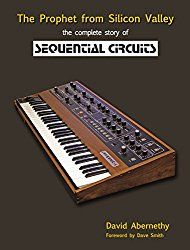



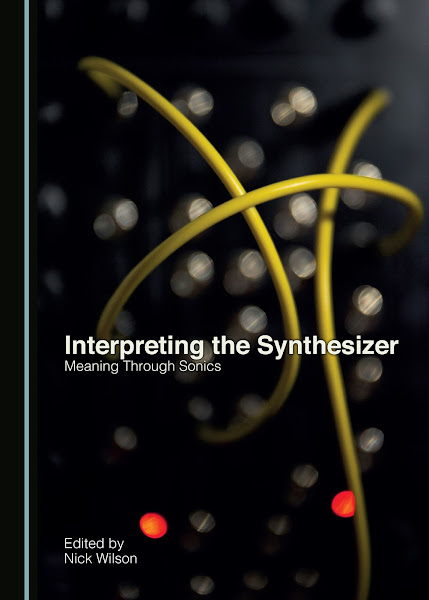
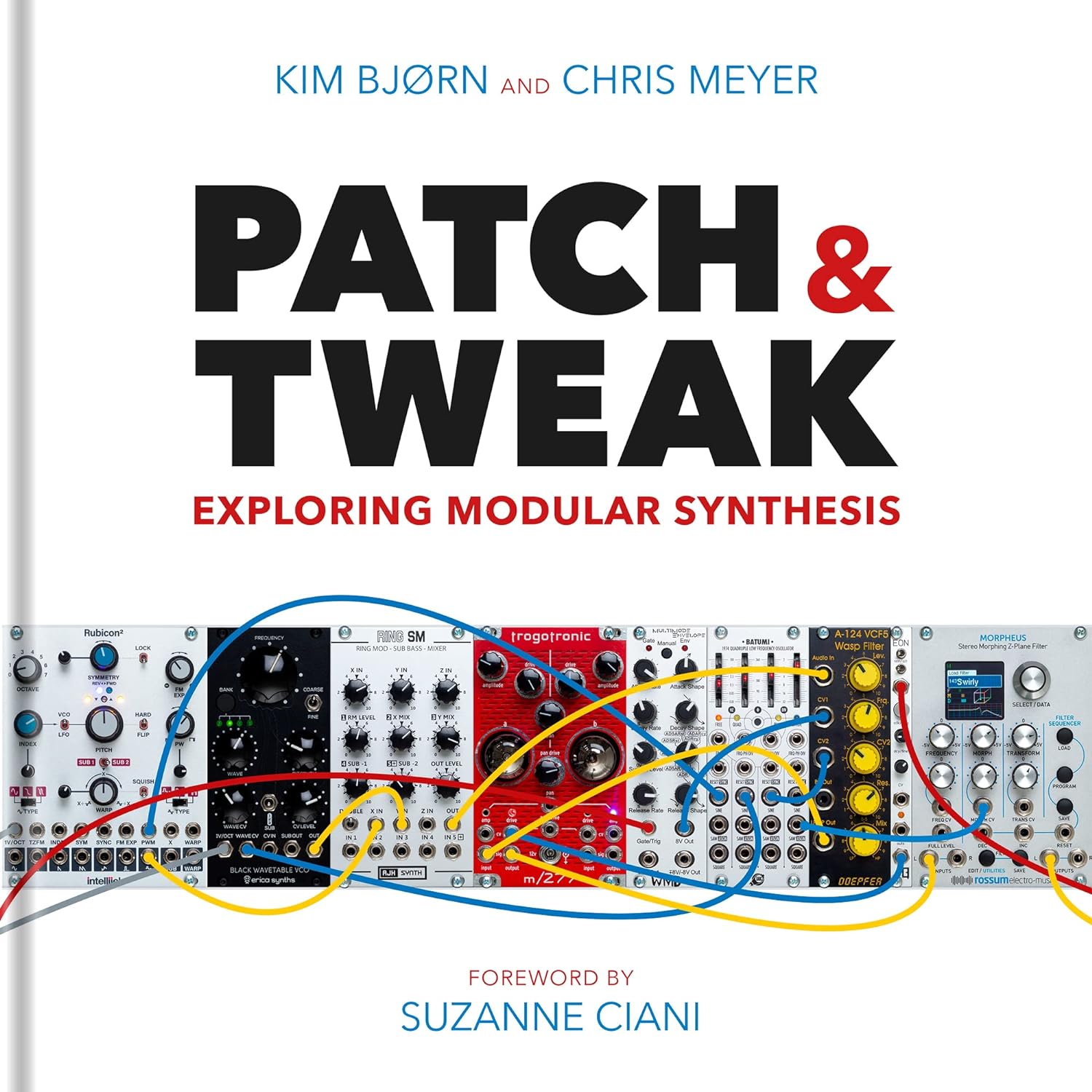

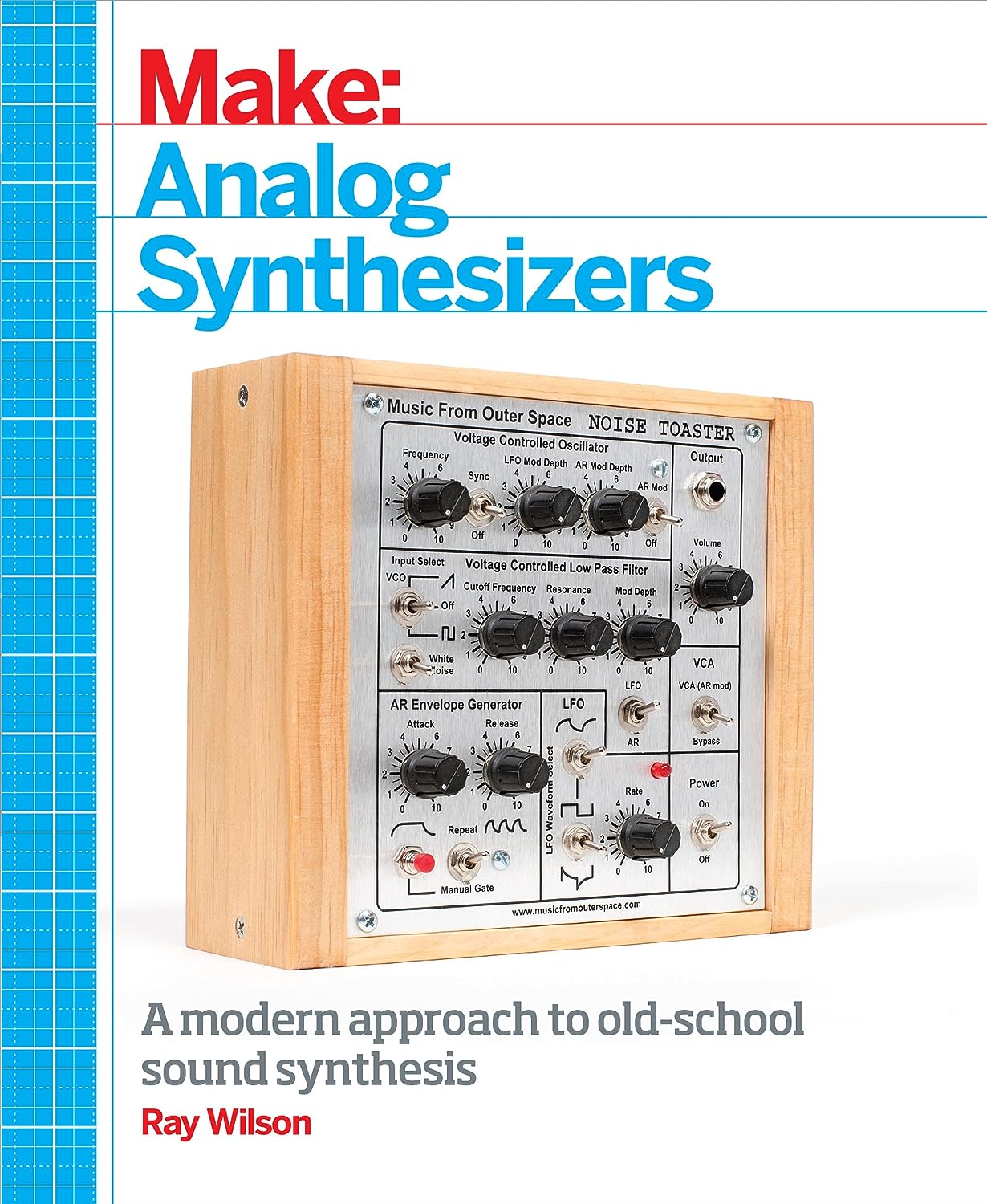

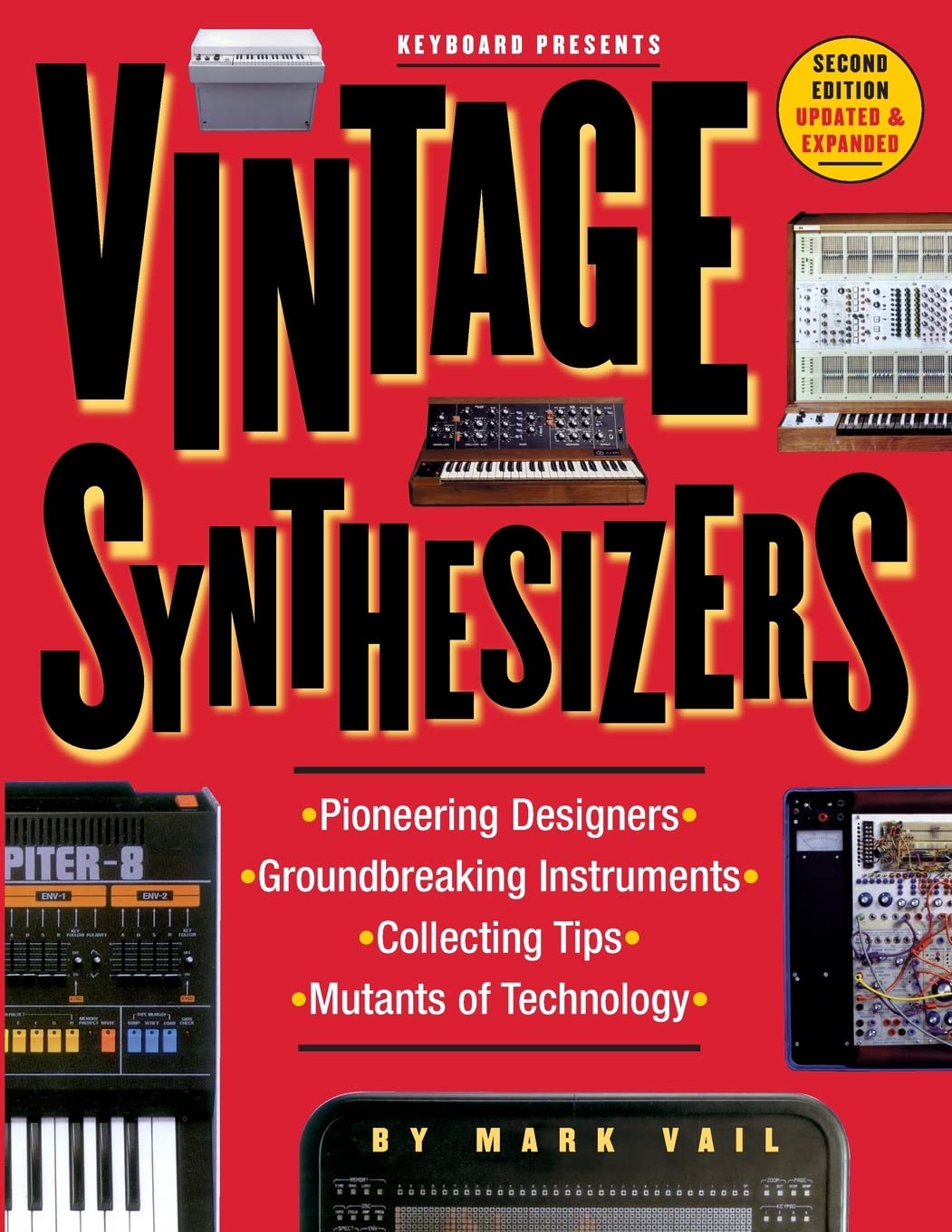
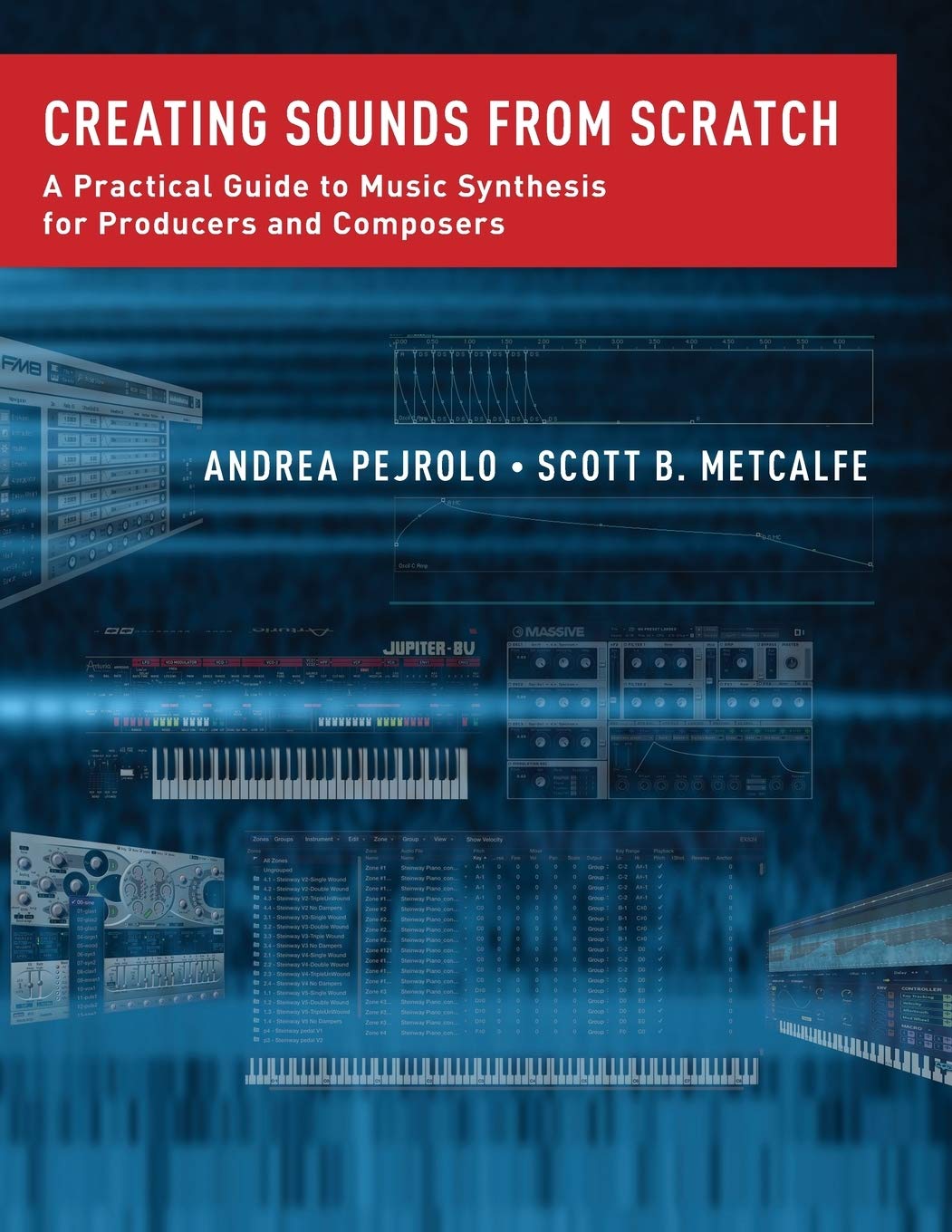
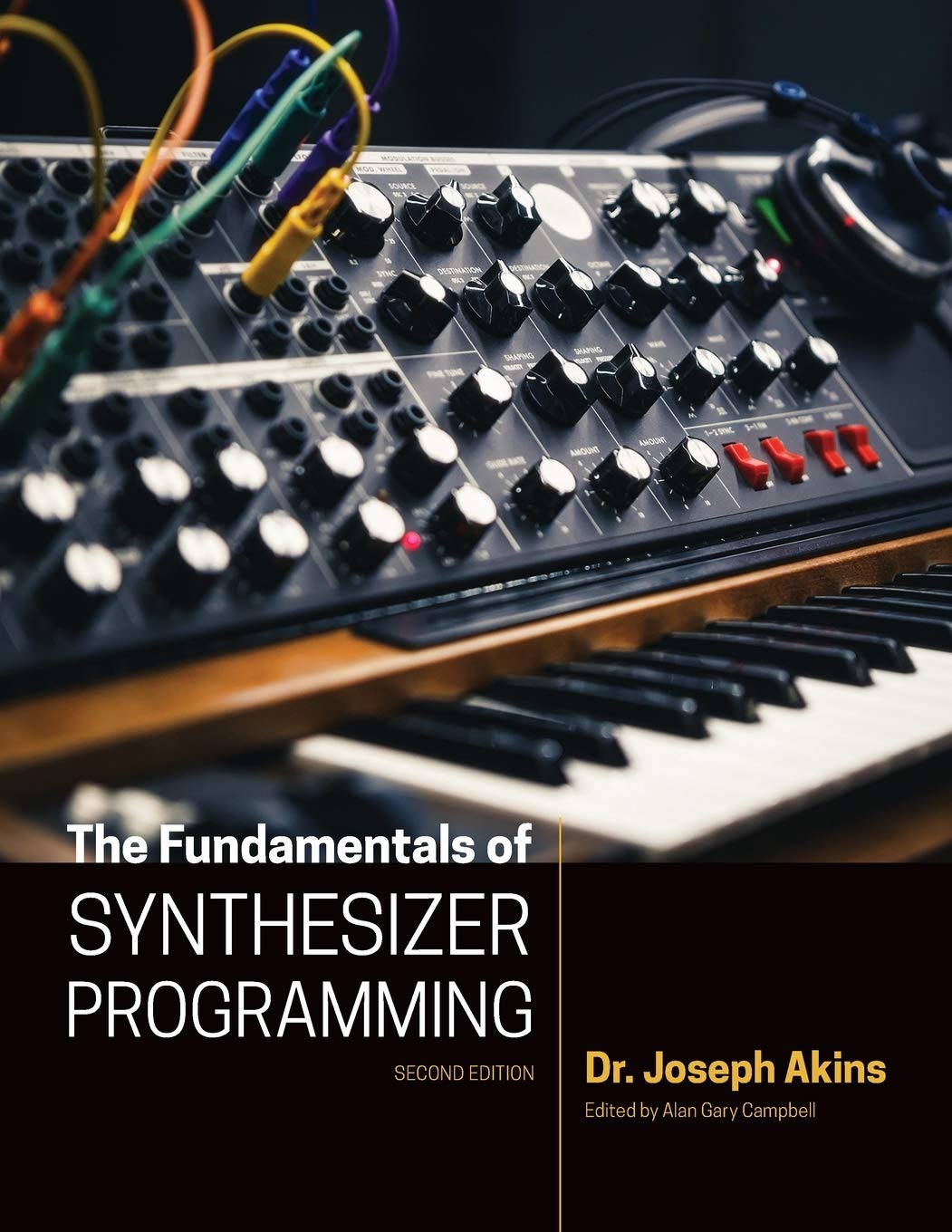

© Matrixsynth - All posts are presented here for informative, historical and educative purposes as applicable within fair use.
MATRIXSYNTH is supported by affiliate links that use cookies to track clickthroughs and sales. See the privacy policy for details.
MATRIXSYNTH - EVERYTHING SYNTH













© Matrixsynth - All posts are presented here for informative, historical and educative purposes as applicable within fair use.
MATRIXSYNTH is supported by affiliate links that use cookies to track clickthroughs and sales. See the privacy policy for details.
MATRIXSYNTH - EVERYTHING SYNTH


















